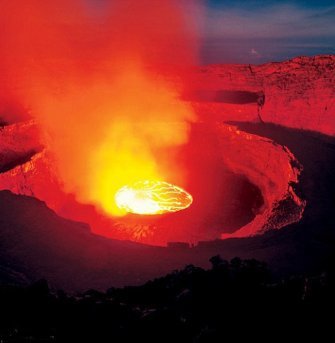
Článek: diamond mining... 19. 9. 2013
diamond mining
Diamonds
originated in the Earth’s distant geological past in a remarkable
way. Approximately one billion years ago from a depth of about 200 km
a bedrock called kimberlite
was thrown up to the earth’s surface by eruption. Under the unique
conditions inside these narrow volcanic chimneys, during a rapid
decrease in pressure and temperature, a crystallisation of diamonds
occurred. At the present time similar conditions for the emergence of
diamonds in nature no longer exist. Deposits of diamonds, the hardest
mineral in nature, extend over the earth’s surface in places where
precisely these old kimberlite pipes occur. Australia, Angola,
Botswana, South Africa, Namibia, Russia and Zimbabwe are the main
sources and world producers of diamonds. Diamond extraction is
concentrated in primary and secondary deposits. Primary diamond
deposits are indeed the Kimberlite pipes, mined to great depths (the
Big Hole mine in South
Africa is 500 metres wide, over 1,000 metres deep
and is the largest hole ever dug out by man). However, out of every
two hundred kimberlite pipes discovered, one at the most contains
diamonds. Secondary diamond deposits arose from the effects of
erosion with the deposits being subsequently carried away by river
and sea; in Namibia diamonds are even successfully extracted from the
seabed. Secondary deposits are more easily extracted and contain a
high concentration of good quality diamonds. This is why in Zimbabwe
all secondary deposits belong to the state; only primary deposits are
offered to foreign developers for extraction. In 1985 the well-known
diamond prospector Chuck
Fipke discovered the last diamond deposits of interest in the
Canadian Arctic, which are accessible only in the winter months. The
Ekati and Diavik diamond mines
with four kimberlite pipes today produce six million carats annually,
while 30 per cent of the diamonds extracted prove to be of investment
quality.
